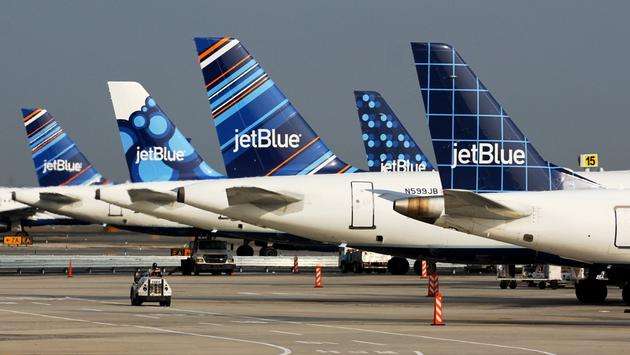Flight Safety Foundation Says It’s Safe to Fly’
The Flight Safety Foundation, a global advocate for aviation safety, released a bold statement today, telling the traveling public that “It’s Safe to Fly”. Having completed a six-month-long analysis of the industry’s response to the COVID-19 pandemic , the Foundation has concluded that the health and safety measures implemented on airplanes and in airports are succeeding in greatly reducing the risk of viral transmission.

“The latest evidence shows that aircraft and airports have very low levels of transmission,” said Dr. Hassan Shahidi, President and CEO of the Foundation. “With the health and safety measures that airlines, airports and security personnel have now put in place, the risk of contracting this virus appears extraordinarily low, much lower than in other public places, Shahidi said. “Given these extraordinary measures, the traveling public should have increased confidence that it’s safe to fly .”
The Foundation has also called upon worldwide governments to help restore passenger confidence by, “replacing haphazard, restrictive international travel bans and blanket quarantines with better, smarter measures that are more uniform and focused on preventing spread of the virus through reliable testing,” said Capt. Conor Nolan, chairman of the Foundation’s Board of Governors and director of Safety and Security at Aer Lingus.
“We now have disjointed testing rules, indiscriminate bans, and confusing quarantine rules that discourage passengers from making travel plans,” said Nolan. “Governments and industry need to coalesce around universally accepted testing standards to identify and prevent the spread of the virus until we get a vaccine.”
Other industry organizations have issued similar appeals to establish unified testing and entry requirements in the interest of restarting international travel, which would help keep airlines and their workforces afloat.
The Foundation reached its conclusion on the safety of flying amid the industry’s current COVID-19 precautions by analyzing data from leading public health authorities, industry players and its own expert medical consultants. It attributes its findings of the low incidence of viral transmission in international air travel to the various enhanced cleaning and sanitization measures employed in airports and on board aircraft, as well as vigilance in enforcing mask-wearing and social distancing requirements.
Among the sweeping changes that have been widely adopted are:
—Enhanced cleaning and disinfection procedures, improved sanitization technologies
—New socially-distant boarding and deplaning protocols
—Enhanced training and virus-testing for employees
—Personal protective equipment requirements
—Contactless check-in and other touchless processes implemented at every stage of the passenger experience
—International airport health accreditation programs
The Foundation also credited cabin design features with helping to protect passengers from the spread of airborne particulates, such as the frequent exchange of cabin air with outside air and advanced high-efficiency particulate air (HEPA) filtering systems used in most modern airplanes.
For more information, visit flightsafety.org .



